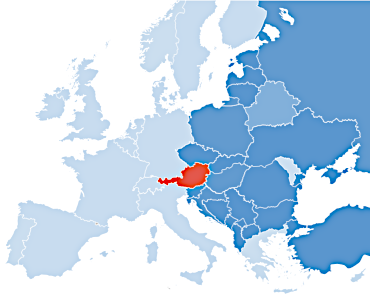Focus area: Central, Eastern and Southeastern Europe (CESEE)

Reflecting the particular relevance of the Central, Eastern and Southeastern European (CESEE) area to Austria and its economy, OeNB experts have been monitoring developments in CESEE closely since the start of the transition in the early 1990s. In particular, the OeNB’s analysis is focused on the 11 CESEE EU Member States, (potential) EU candidate countries on the Western Balkans and Ukraine, as well as on Russia and on Turkey. After all, these economies account for some two thirds of all consolidated foreign assets held by Austrian banks, for about one-third of Austrian outward foreign direct investment and for roughly one-quarter of Austrian goods exports.
The OeNB’s comprehensive expertise in CESEE issues builds on a steady stream of research papers, economic analyses and other CESEE-related activities. In our analysis, we focus on economic developments in CESEE, while also considering aspects of monetary policy and financial stability. The key areas of our CESEE-related research area monetary policy, euroization, spillover effects, financial stability, international capital flows, economic convergence, public debt, household credit and saving decisions and real estate markets.
